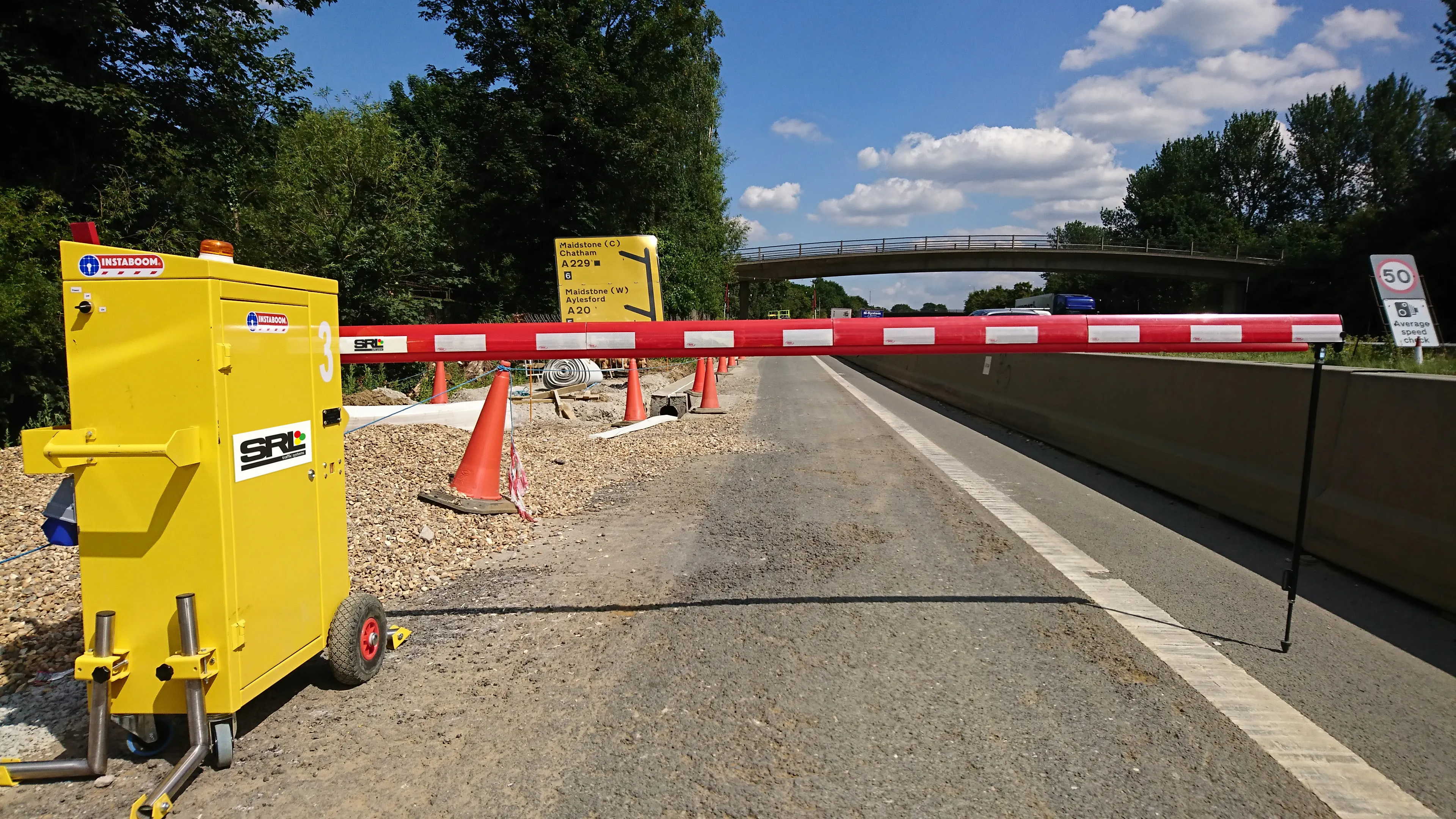UK company Newpark Mats and Integrated Services (NMIS), part of Houston-based Newpark Resources and a worldwide provider of ground protection solutions, is continuing its expansion strategy with the acquisition of today of its UK distributor, Oxfordshire-based Terrafirma Roadways (TFR).
The gives the company a stronger foothold in the UK and Europe and will be supported by increased production capacity at the company’s Louisiana based manufacturing plant, where Newpark recently announced a US$41.1 millio
December 18, 2013
Read time: 2 mins
UK company Newpark Mats and Integrated Services (NMIS), part of Houston-based Newpark Resources and a worldwide provider of ground protection solutions, is continuing its expansion strategy with the acquisition of today of its UK distributor, Oxfordshire-based Terrafirma Roadways (TFR).
The gives the company a stronger foothold in the UK and Europe and will be supported by increased production capacity at the company’s Louisiana based manufacturing plant, where Newpark recently announced a US$41.1 million investment to double both the size of the facility and the estimated output of its Dura-Base mats.
Dura-Base is widely used across a variety of industries as a tough, field-proven solution for accessing and working on sensitive or difficult terrain. The mat’s rugged non-slip, advanced-composite formulation supports loads up to 4,136 kilopascals (equivalent to 600 pounds per square inch) and is perfect for supporting heavy equipment, temporary access roads and worksite pads. The interlocking system forms a continuous surface that prevents differential movement or shifting, while its anti-skid tread design enhances worker safety.
“This acquisition represents the natural culmination of what was already a longstanding and mutually beneficial partnership between our two companies,” stated Jeff Juergens, President of NMIS. “TFR’s team members have always been staunch advocates of the benefits that our DURA-BASE system delivers to customers and their professionalism and dedication is a perfect reflection of our own corporate culture. We’re very pleased to welcome them aboard. ”
"We are excited to join the ranks of such a highly regarded, publically traded, and global company,” said Hugh Robertson, Managing Director of TFR. “As long-time proponents of the precision engineering that goes into Newpark’s Dura-Base system, we’re looking forward to having the company’s direct support and resources behind us. This relationship ensures that the service we deliver to our customers will continue being second to none.”
The gives the company a stronger foothold in the UK and Europe and will be supported by increased production capacity at the company’s Louisiana based manufacturing plant, where Newpark recently announced a US$41.1 million investment to double both the size of the facility and the estimated output of its Dura-Base mats.
Dura-Base is widely used across a variety of industries as a tough, field-proven solution for accessing and working on sensitive or difficult terrain. The mat’s rugged non-slip, advanced-composite formulation supports loads up to 4,136 kilopascals (equivalent to 600 pounds per square inch) and is perfect for supporting heavy equipment, temporary access roads and worksite pads. The interlocking system forms a continuous surface that prevents differential movement or shifting, while its anti-skid tread design enhances worker safety.
“This acquisition represents the natural culmination of what was already a longstanding and mutually beneficial partnership between our two companies,” stated Jeff Juergens, President of NMIS. “TFR’s team members have always been staunch advocates of the benefits that our DURA-BASE system delivers to customers and their professionalism and dedication is a perfect reflection of our own corporate culture. We’re very pleased to welcome them aboard. ”
"We are excited to join the ranks of such a highly regarded, publically traded, and global company,” said Hugh Robertson, Managing Director of TFR. “As long-time proponents of the precision engineering that goes into Newpark’s Dura-Base system, we’re looking forward to having the company’s direct support and resources behind us. This relationship ensures that the service we deliver to our customers will continue being second to none.”









